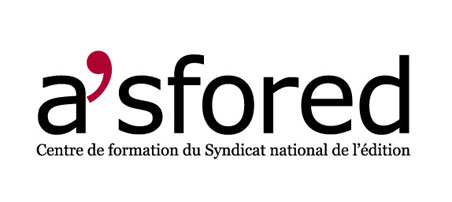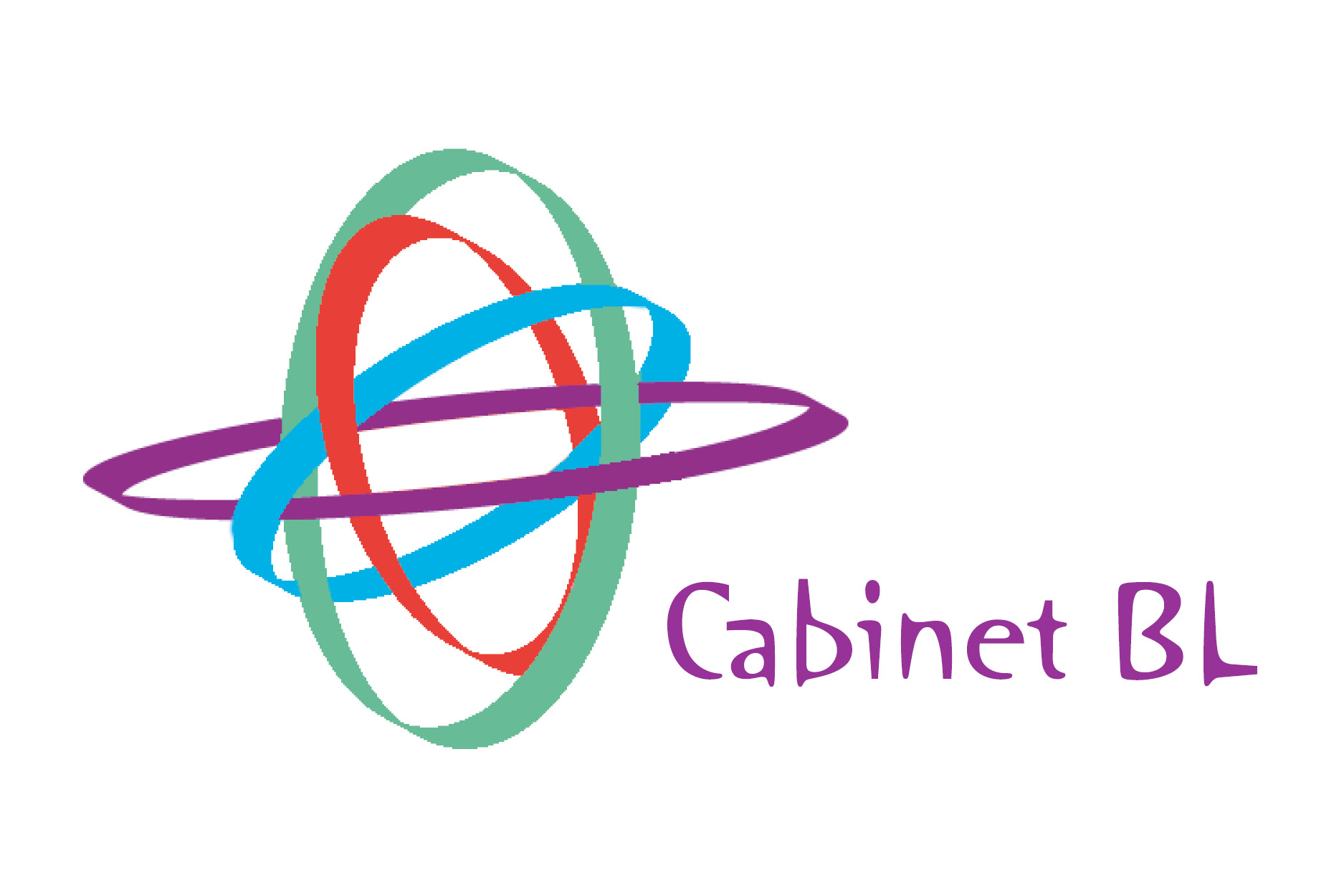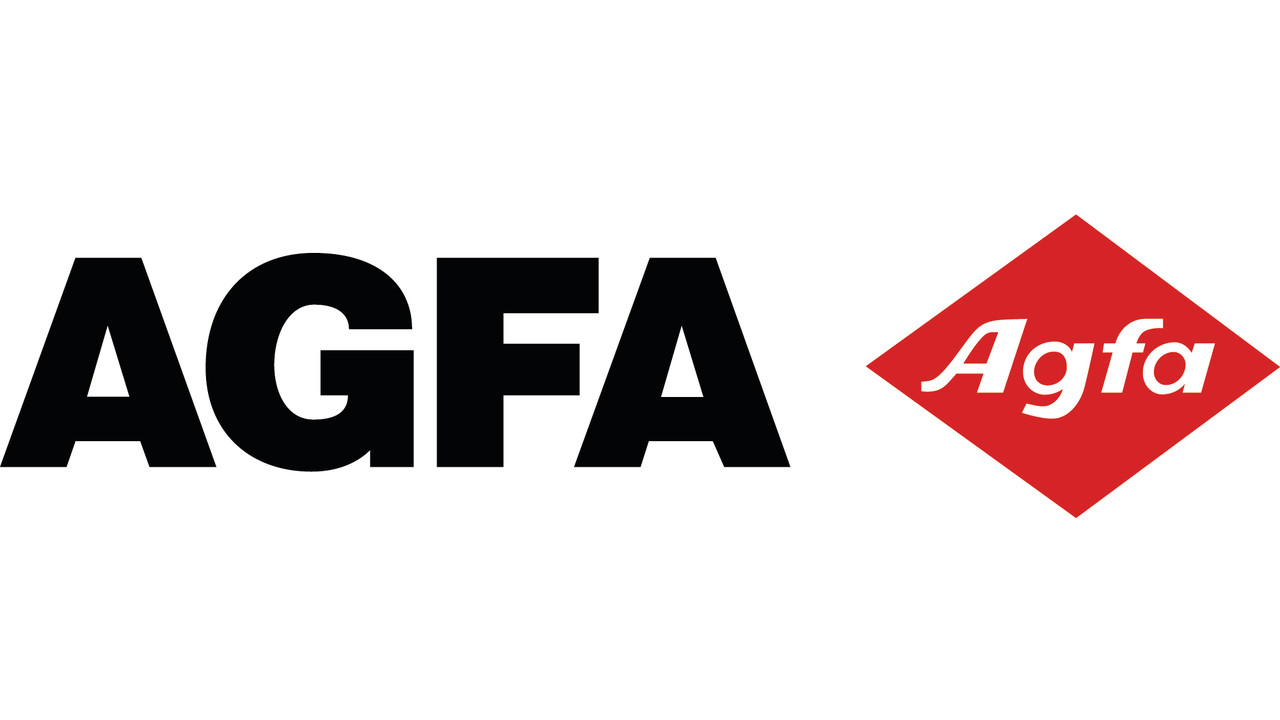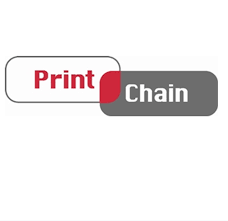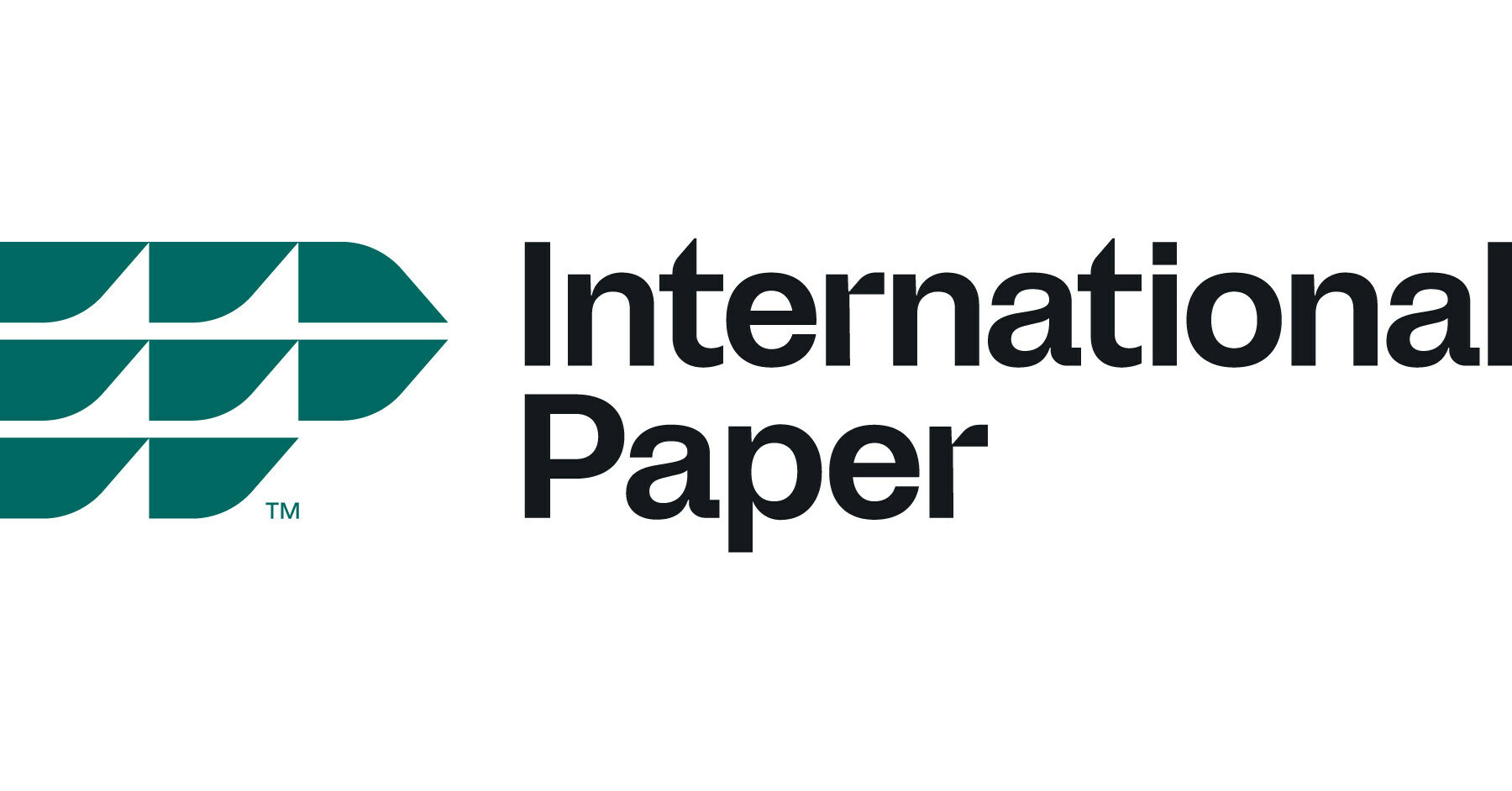How French newspaper Le Figaro finds value in more casual readers
Like other publishers with subscription models, French newspaper Le Figaro is trying to figure out how to balance new customer acquisition with retention. To do so, it’s changed the way it measures churn and is taking a closer look at what happens after subscribers cancel.
Campaign discounts, promotions and offers are reliable tools in driving new subscribers, but publishers are pretty wise that there is a group of readers only willing to pay the trial price and will, therefore, churn at the end of the period, never choosing to pay for a subscription.
As with a small group of readers looking for ways to circumvent paywalls, free riders aren’t that valuable. It’s natural to focus efforts on readers who are likely to be more loyal subscribers with a higher subscriber lifetime value than those seduced by discounts.
While some publishers might give up on subscribers once they churn because they cost more to win back, Le Figaro is monitoring people who take out a subscription and then cancel, tracking the time period between when they lapse and then re-subscribe.
“People subscribe to a promotional offer and cancel several times, but at some point, the time lapse between two subscriptions shortens and they finally stay with us,” said Gilles Corbineau, former director of eBusiness and digital subscriptions, in a report from publisher trade body The World Association of Newspapers and News Publishers. “There’s a structural change in how the younger generation behave, and it makes how we used to measure churn irrelevant in many cases.”
To understand the value of these readers, Le Figaro monitors how many subscribers it retains every month, the number of days a reader is subscribed for, and the number of days a “frequent buyer” has between taking out a second subscription. Over time the period between taking out another subscription gets shorter until they remain subscribed. The publisher found that after a reader has subscribed four times over any given period, readers tend to remain loyal.
There are many ways to measure churn beyond how many people are retained annually and monthly. With more publishers adding paid-for products, lower prices and more flexible terms, “stacking” services and pausing payments are becoming more common. Swedish publisher MittMedia found adding a pause function to subscriptions has stabilized churn rates. Over-the-top streaming services have also seen positive results from adding pausing functions.
Le Figaro launched its paywall in 2015 and now has 88,000 digital-only subscribers. The publisher doesn’t push a tailored subscription message until it’s seen how readers behave on the site for between six months to a year. Le Figaro has surveyed subscribers at the end of the sign-up process and found that 43% hadn’t planned to buy a subscription when they came to the website but ended up doing so after reading a specific article, indicating how common it is for people to just read one article without ever intending to subscribe.
Like a lot of publishers, Le Figaro charges €1 (or $1 in the U.S.) for people to sample the content during the first month, increasing to €9.90 ($11.02) for its lowest-tier digital subscription. In early July, the publisher changed from one price tier to three, although it’s too early to share conclusions.
Pricing is a critical level for publishers looking to boost conversions from trialists to full-time subscribers, and steady, step-by-step increases in prices are more to keep subscribers on than sudden hikes, according to analysts. More sophisticated publishers are forgoing more aggressive intro offers — after seeing them become less efficient — for more structured discounts over a longer period, like 50% off for 12 months, it’s often a less attractive offer for the reader but wheedles out those hunting for discounts.
“This all needs to be considered in the context of acquisition channel efficiency, an important metric to consider is the cost of acquisition vs. the subscriber lifetime value,” said Greg Harwood, senior director at strategy and marketing consultant Simon-Kucher & Partners. “The increased level of competition in the market will inevitably change the relevance of existing intro offers and proposition structures.”
Ultimately, publishers need to lean on more than pricing and discounts to keep subscribers and, as Corbineau notes, “get out of the pure promotional subscription trap” by testing different editorial packages and reasons to remain other than promotional pricing.
“In the past, publishers kind of dismissed [those who churn] and plenty have exclusively focused on the short-term sales because that was what they thought was working,” said Thomas Baekdal, a Denmark-based media analyst. “But we have seen such a tremendous shift in data over the recent years and with that more publishers realizing how the audience is really behaving.”









